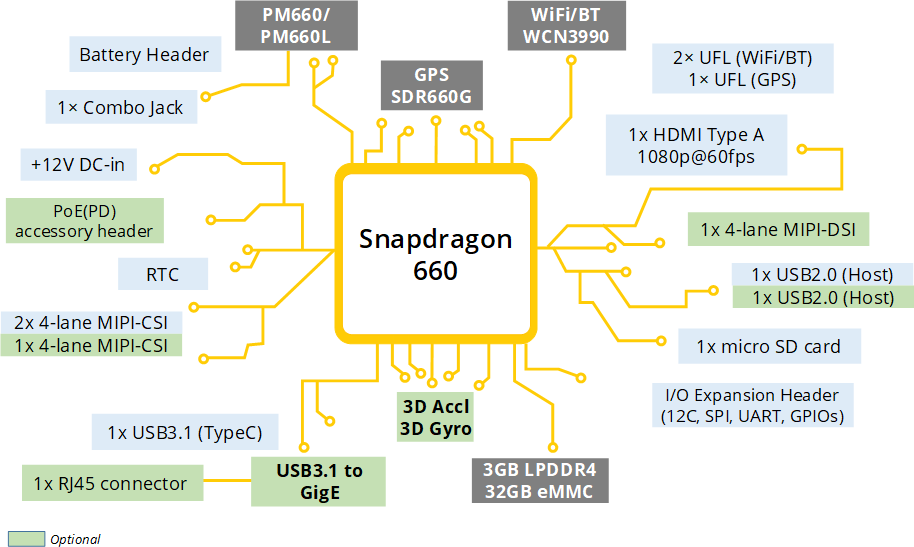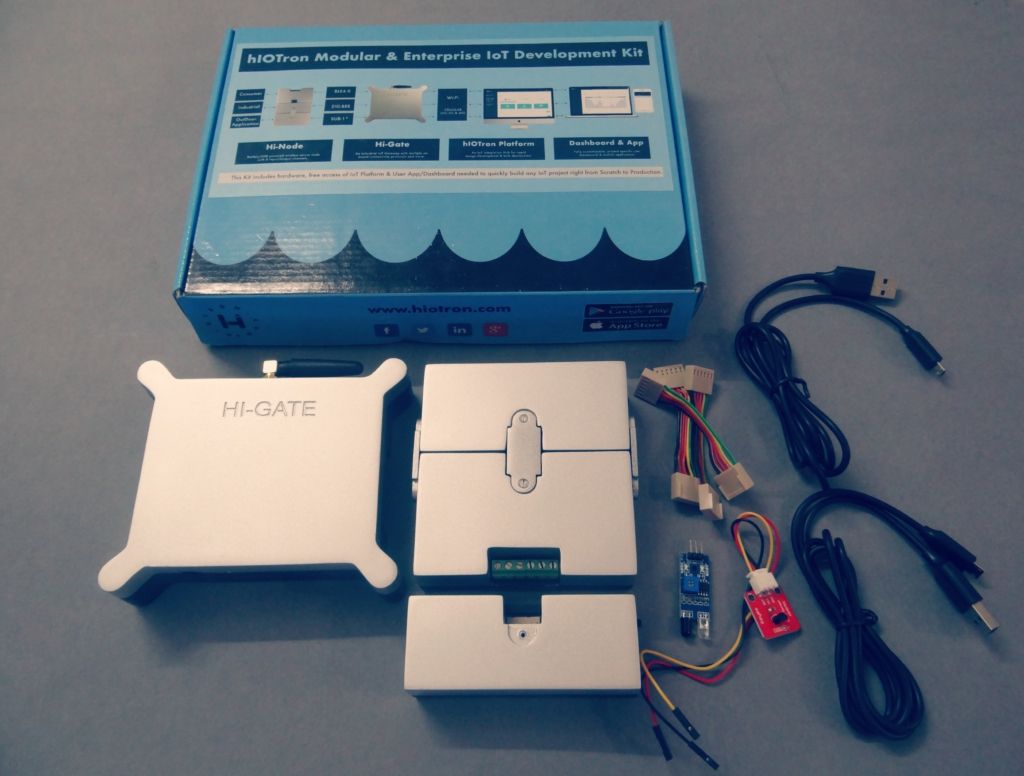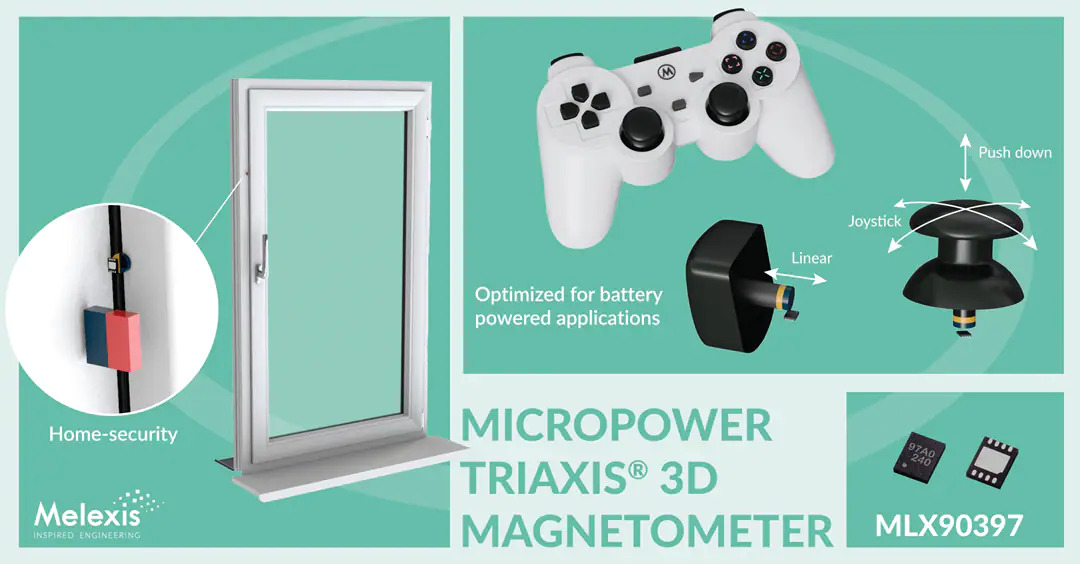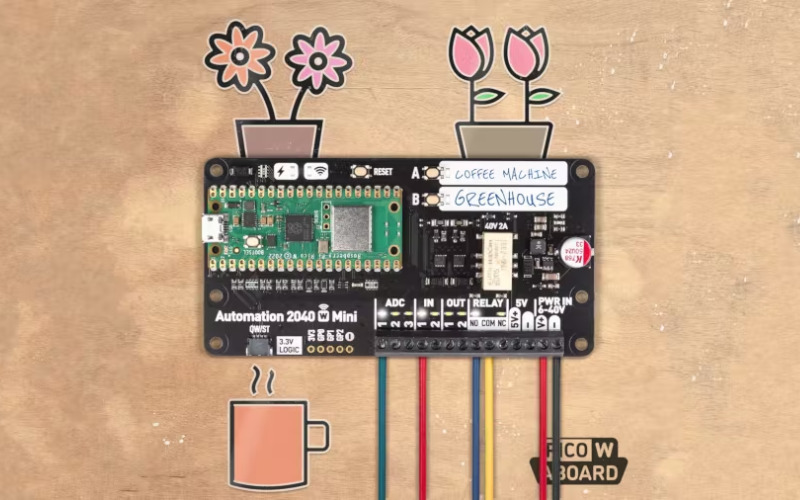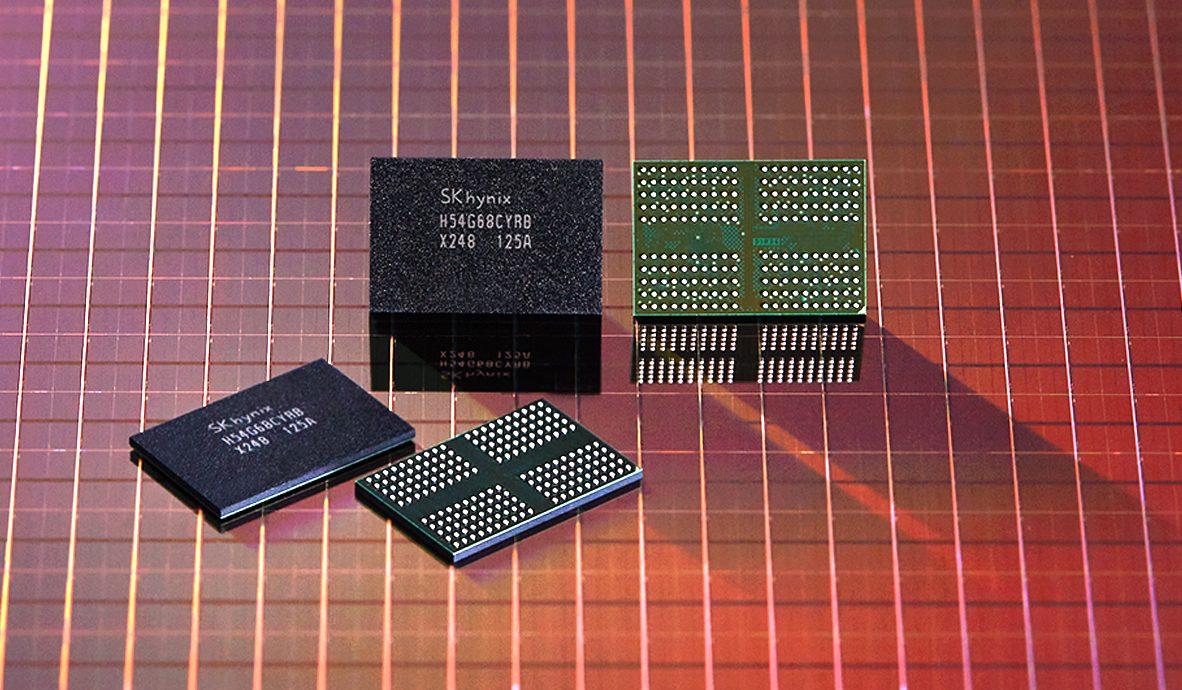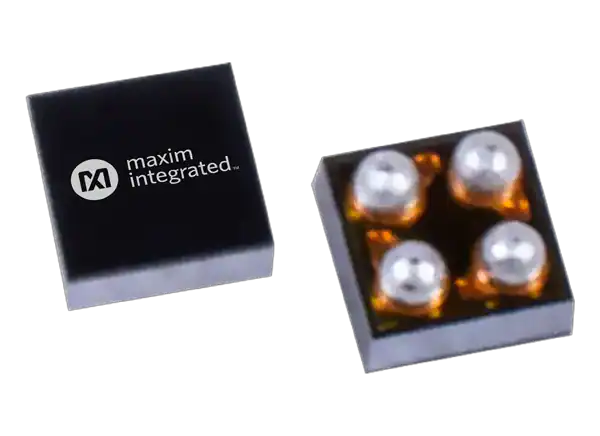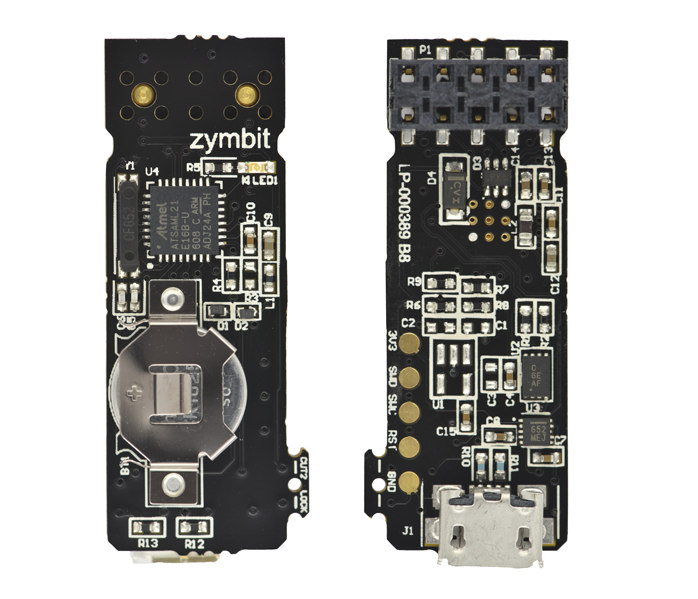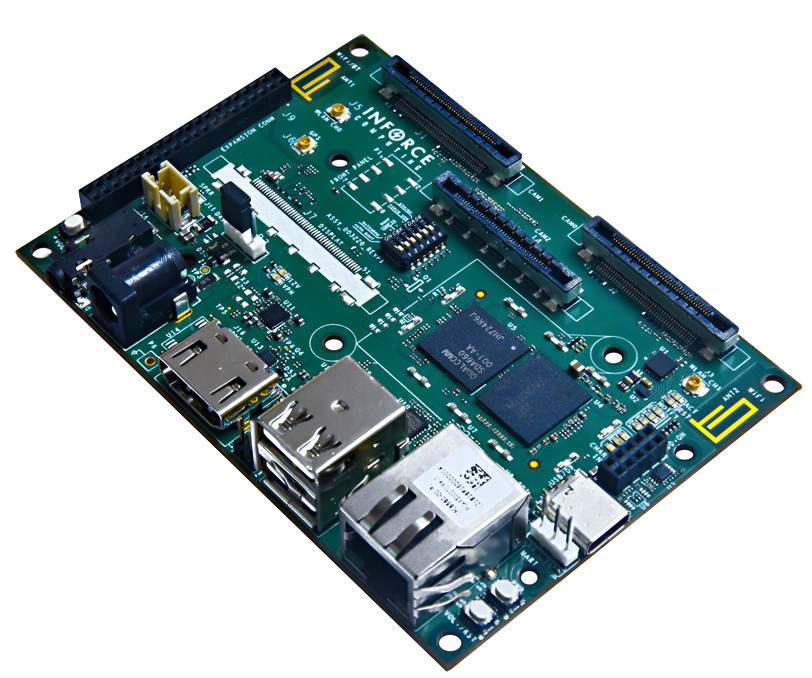
For a while now, the only Snapdragon 660 based SBC known to us is the Intrinsyc’s Mini-ITX form factor Open-Q 660 HDK, focusing on mobile device development. However, Inforce has launched its $220 “Inforce 6560” Pico-ITX SBC. This SBC runs Android 8 and Ubuntu on its octa-core Snapdragon 660 and enables stereoscopic depth sensing through its dual MIPI-CSI interfaces.
The 100 x 72mm SBC ships with an Android 8x board support package and will later add an Ubuntu BSP. The Android BSP has a pre-loaded Hexagon/SNPE/OpenCV SDKs. The Inforce 6560 SBC exploits the Snapdragon 660’s dual Spectra 160 ISPs and Hexagon 680 DSP with Hexagon Vector eXtensions (HVX) for devices that need simultaneous dual streaming abilities with depth perception and vision processing.
Application of this SBC include IoT edge devices in healthcare and telepresence, smart city applications, and connected cameras like 360/VR, sports, bodycam, and IP security cameras. The Snapdragon 660 boasts of up to 20 percent higher CPU performance and 30 percent higher graphics performance than the older generation, like the octa-core Snapdragon 653.
The Qualcomm’s Snapdragon 660 SoC is faster than the octa-core Snapdragon 625 and the Snapdragon 626, due to its Cortex-A73-like “Kryo” cores, which are present in the higher end Snapdragon 820 and Snapdragon 835. The Inforce 6560 is equipped with 3GB LPDDR4, 32GB eMMC, and a microSD slot. For I/O features the SBC offers dual USB 2.0 ports and a USB 3.1 Type-C port with 4K DisplayPort/USB support. The port supports a Gigabit Ethernet module, with support for up to 2x ports. The SBC autonomous PoE header supports an optional ACC-1S70 add-on card with a Power-over-Ethernet enabled GbE, and a RS-485 transceiver port.
Snapdragon 660 Block Diagram
The SBC is equipped with an RTC, and also a 12V input with optional battery header, and a 0 to 70⁰C range. Other features include an HD-ready HDMI port and MIPI-DSI interface. Available also is dual MIPI-CSI connections with option of a third. The CSI connections feature makes provision for an optional HDMI input module and a 21-megapixel ACC-1H70 camera module. The board also features WiFi-ac/BT and optional GNSS, and each has its own UFL antenna. The SBC has audio I/O, a 40-pin GPIO, and a host of headers.
Specifications for the Inforce 6560 include:
- Processor — Qualcomm Snapdragon 660 (4x Kryo cores @ 2.2GHz, 4x Kryo cores @ 1.8GHz); Adreno 512 GPU; 2x Spectra 160 ISPs; Hexagon DSP; support for OpenGL 3.0/3.2, Vulkan, DX12 FL 12, OpenCL 2.0 full profile; 4K30 HEVC/H.264/VP8/MPEG4 encode, 4K30 8-bit: H.264/VP8/VP9, 4K30 10-bit: HEVC; concurrent 1080p60 decode + 1080p30 encode
- Memory/storage: 3GB LPDDR4 RAM, 32GB eMMC, MicroSD 3.0 slot
- Wireless/networking: 802.11ac 2.4/5Ghz 1×1 with MU-MIMO (Qualcomm WCN3990), Bluetooth 5.0 with BLE (Qualcomm WCN3990), 3x UFL antenna connectors, Optional GNSS (GPS/GLONASS/COMPASS/GALILEO) via Qualcomm SDR660G, Optional 1x or 2x GbE ports (via USB 3.1 Type-C), PoE header with optional PoE add-on (ACC-1S70) with GbE and RS-485 transceiver ports
- Multimedia I/O: HDMI 1.3a port for up to HD @ 60fps, DisplayPort via USB 3.1 Type-C for up to 4K, MIPI-DSI (4-lane) for up to HD+, 2x MIPI-CSI (4-lane) with 16MP and stereoscopic support, Optional additional 1x 4-lane MIPI-CSI, Optional Sony IMX230 based MIPI-CSI ACC-1H70camera module, Optional MIPI-CSI HDMI input module, Audio in and out headers
- Other I/O: 2x USB 2.0 host ports,USB 3.1 Type-C port with USB/DP support, I2C, SPI, UART headers, 40-pin GPIO
- Other features — RTC; optional 3D accelerometer with gyro (STMicro LSM6DS3)
- Power — 12V input; PMIC; battery header; 6W to 17W typ. consumption
- Operating temperature — 0 to 70⁰
The Inforce 6560 is now available for $220 or $228 with power adapter, acrylics, and USB-C conversion cable option. More information can be found at Inforce Computing’s Inforce 6560 product page.





